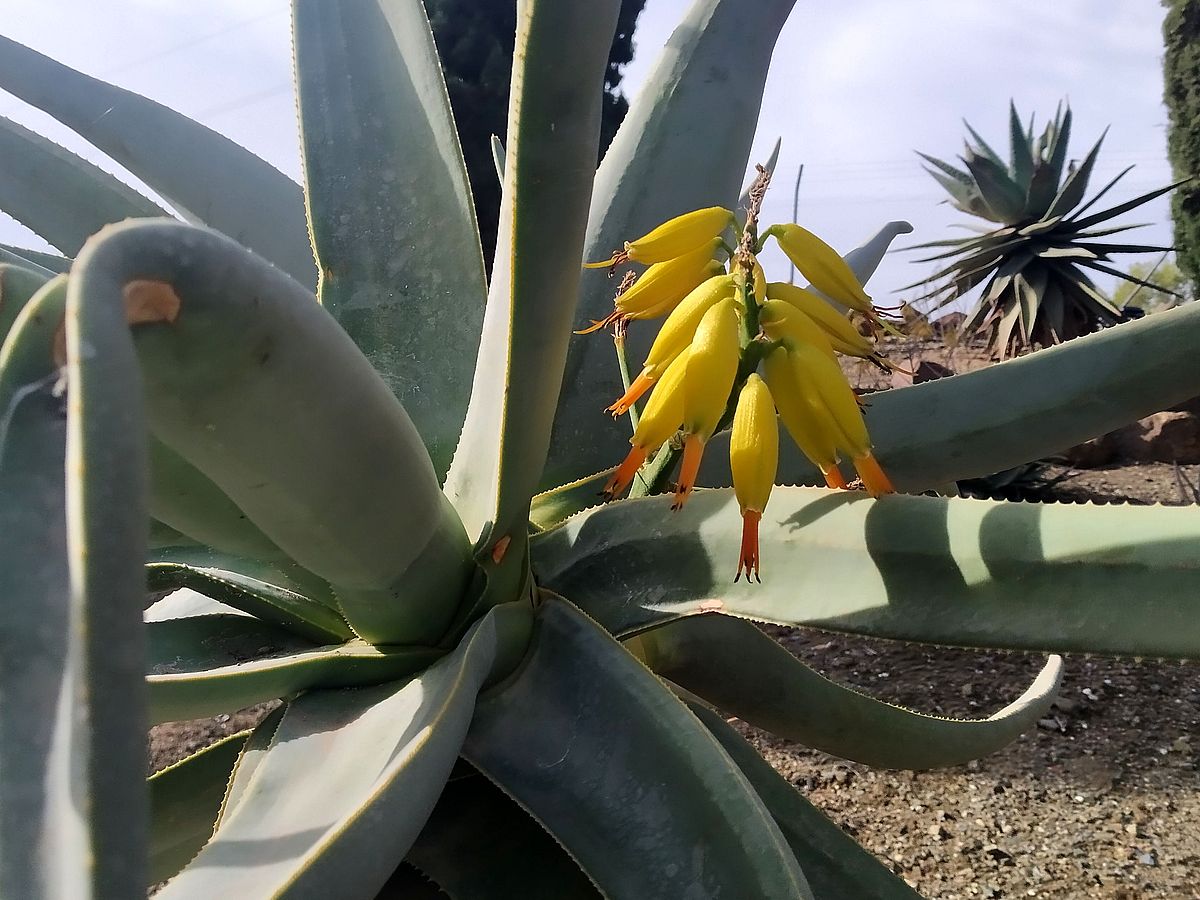Aloidendron ramosissimum
Scientific name: Aloidendron ramosissimum (Pillans) Klopper & Gideon F.Sm.
Family: Asphodelaceae
Common name: Maiden's Quiver Tree
The Plant of the Month for December is a succulent that grows on rocky hills and in very arid areas of southern Africa, where sometimes years go by without rain. Its fleshy leaves and stems serve as water reservoirs. It can now be seen in bloom in the succulent collection.
It is a slow-growing shrub, over two meters tall and rounded in shape, with many branches from the base, as indicated by the species name (the most branched within the aloe group). The branching is dichotomous, meaning that the branches divide into two. The name of the genus is more uncertain; it is unclear whether the word aloe comes from Greek or Arabic, but it seems to refer to something bitter; the suffix dendron is Greek and means tree, which tells us that it is a large aloe with an almost tree-like appearance.
The leaves are narrow, lanceolate, with small spines on the edges and light grayish-green in color; they grow in rosettes at the ends of the branches. These are smooth and covered with a waxy layer that serves to reflect heat, which is an adaptation to extreme drought. The flowers are yellow, tubular, and very showy, and are grouped in very short inflorescences with almost no branching. In its native range, its nectar is attractive to birds and insects, especially bees and ants. The seeds are winged and are carried by the wind. When they land under another shrub, they germinate, taking advantage of its shade and shelter, and eventually kill it by outgrowing it. The species is protected and harvesting it is prohibited. It is a rare plant that can live for more than 100 years.

